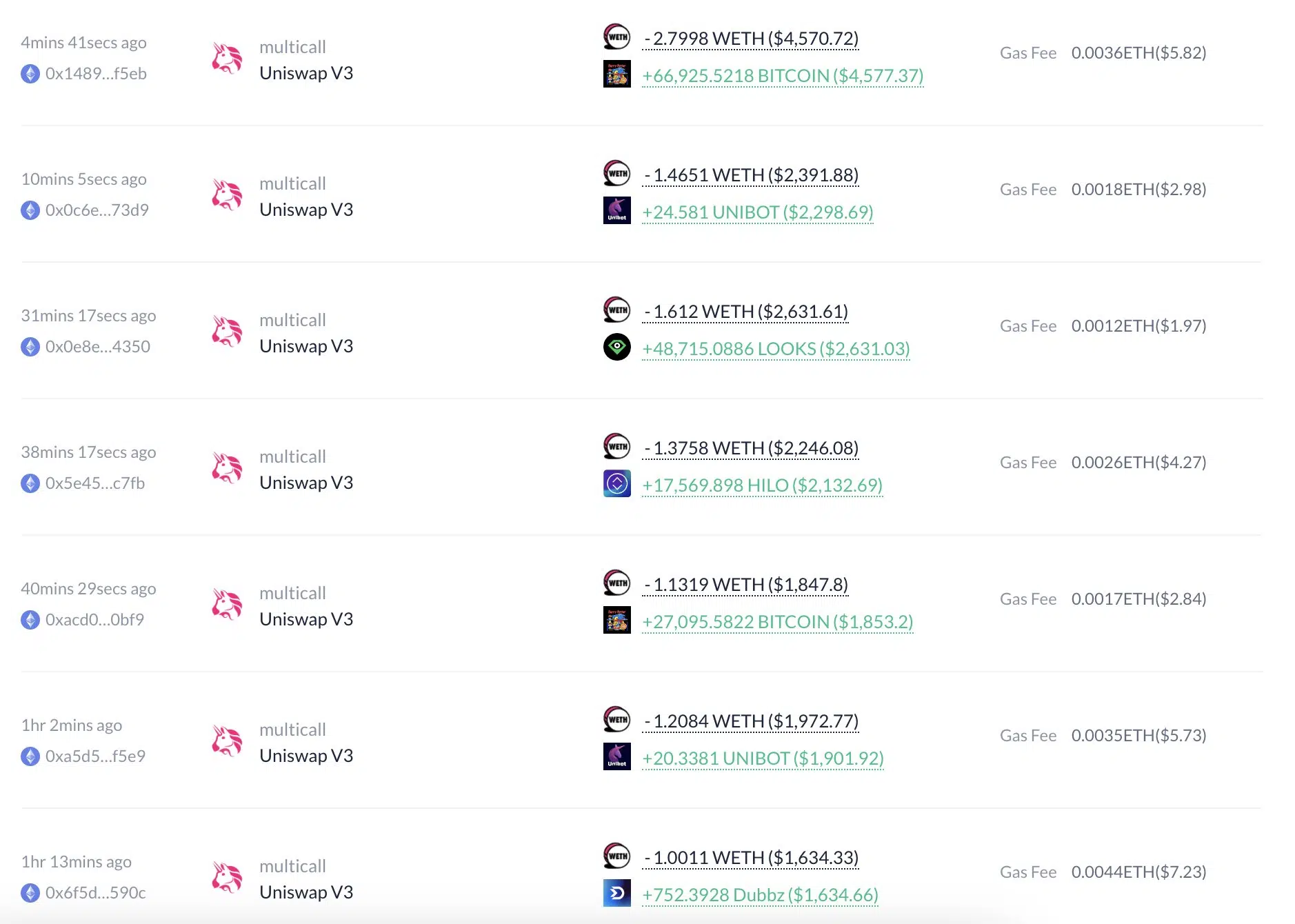The GBP/USD is trading flat on Thursday, as investors are cautious ahead of the release of US Producer Price Index (PPI) and Initial Jobless Claims data. The pair is currently trading around the 1.2000/15 range, below its opening price. The jump in producer prices in the US and strong labor market data would keep the Federal Reserve (Fed) tightening monetary policy.
The US Bureau of Labor Statistics (BLS) revealed that the Producer Price Index in January increased by 0.7% from December, which was higher than the expected jump of 0.4%. Excluding items prone to rapid price changes, the so-called core PPI rose by 0.5% vs. an estimated increase of 0.3%. Although the year-over-year data was lower than the previous month, the monthly figures indicate that inflation is persistently high and may require additional actions by the Federal Reserve to address it.
The US Initial Jobless Claims for the week ending on February 11 came at 194K, beneath the prior reading of 196K, and showed the labor market’s resilience. Albeit high-tech companies announced layoffs, unemployment claims lower reads would pressure the Federal Reserve, and it might open the door for additional tightening than foreseen.
The Philadelphia Fed Manufacturing Index plunged sharply to -24.3 vs. -7.4 estimates by analysts. The poll delivered comments by producers which said that input prices are rising after ten months of cooling down.
In the UK, a softer Consumer Price Index (CPI) in the UK, down to 10.1% from 10.5% in December, on an annual basis. UK bond yields eased after the data release as a reflection that the Bank of England (BoE) would not need to tighten monetary conditions aggressively.
Given the backdrop, the GBP/USD might extend its losses due to recent data in the United States (US), which would trigger a reaction by the Fed. Money market futures expect at least two 25 bps interest rate increases, which will lift the Federal Funds Rate (FFR) to the 5-5.25% range. That said, further GBP/USD downside is expected, with sellers already dragging prices below the 20, 50, and 100-day Exponential Moving Averages (EMAs).
The GBP/USD daily chart portrays the pair as neutral to downward biased. Thursday’s price action shows sellers pushing the exchange rate to close below the 100-day EMA at 1.2035. That would cement the downward bias, exposing the 1.2000 figure, followed by February’s low at 1.1960 and the psychological 1.1900 figure. As an alternate scenario, if the GBP/USD reclaims the 100-day EMA, that could pave the way for 1.2100.
The US Producer Price Index (PPI) and Initial Jobless Claims data is likely to pressure the Federal Reserve (Fed) and strengthen the US Dollar (USD). In the UK, a softer Consumer Price Index (CPI) in the UK, down to 10.1% from 10.5% in December, on an annual basis. This indicates that the Bank of England (BoE) would not need to tighten monetary conditions aggressively.
Given the backdrop, the GBP/USD is likely to extend its losses due to recent data in the United States (US), which would trigger a reaction by the Fed. Money market futures expect at least two 25 bps interest rate increases, which will lift the Federal Funds Rate (FFR) to the 5-5.25% range. That said, further GBP/USD downside is expected, with sellers already dragging prices below the 20, 50, and 100-day Exponential Moving Averages (EMAs).
On the technical side, the GBP/USD daily chart portrays the pair as neutral to downward biased. Thursday’s price action shows sellers pushing the exchange rate to close below the 100-day EMA at 1.2035. That would cement the downward bias, exposing the 1.2000 figure, followed by February’s low at 1.1960 and the psychological 1.1900 figure. As an alternate scenario, if the GBP/USD reclaims the 100-day EMA, that could pave the way for 1.2100.
Overall, the GBP/USD is likely to extend its losses due to recent data in the United States (US), with the Federal Reserve (Fed) expected to tighten monetary policy. On the technical side, a daily close below the 100-day EMA will cement the downward bias, exposing the 1.2000 figure, followed by February’s low at 1.1960 and the psychological 1.1900 figure.


